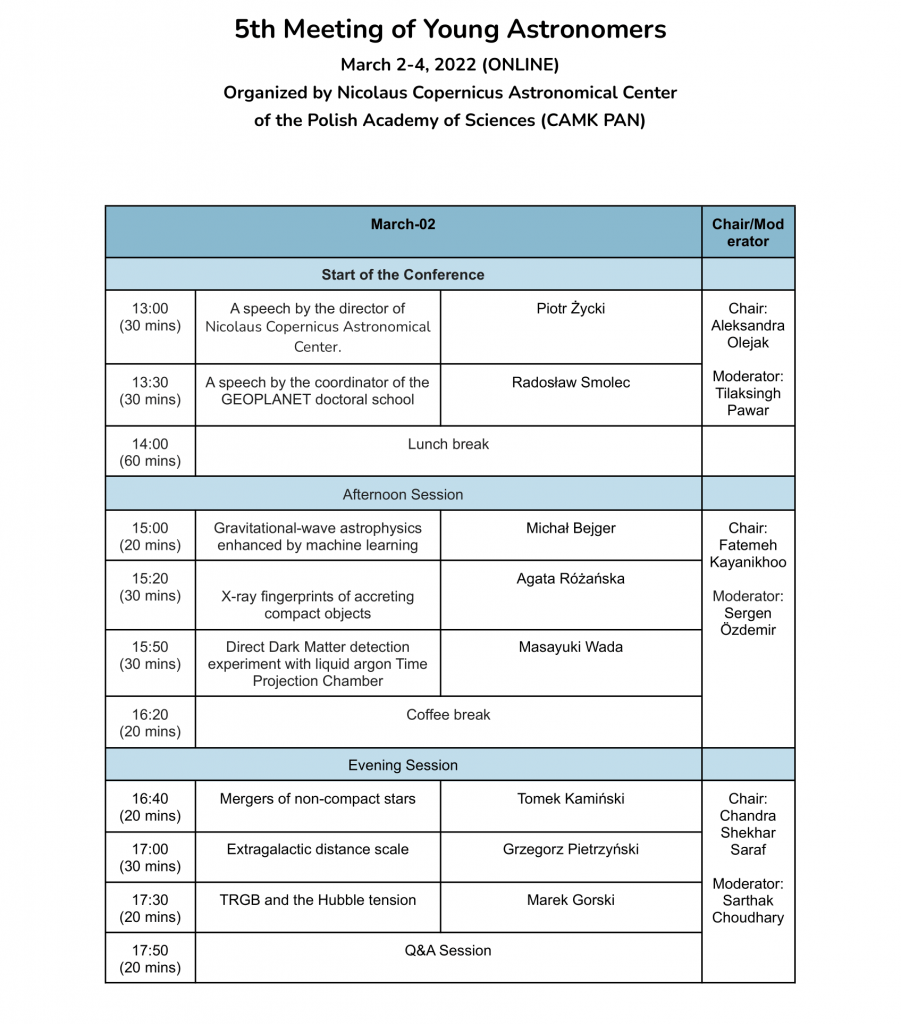

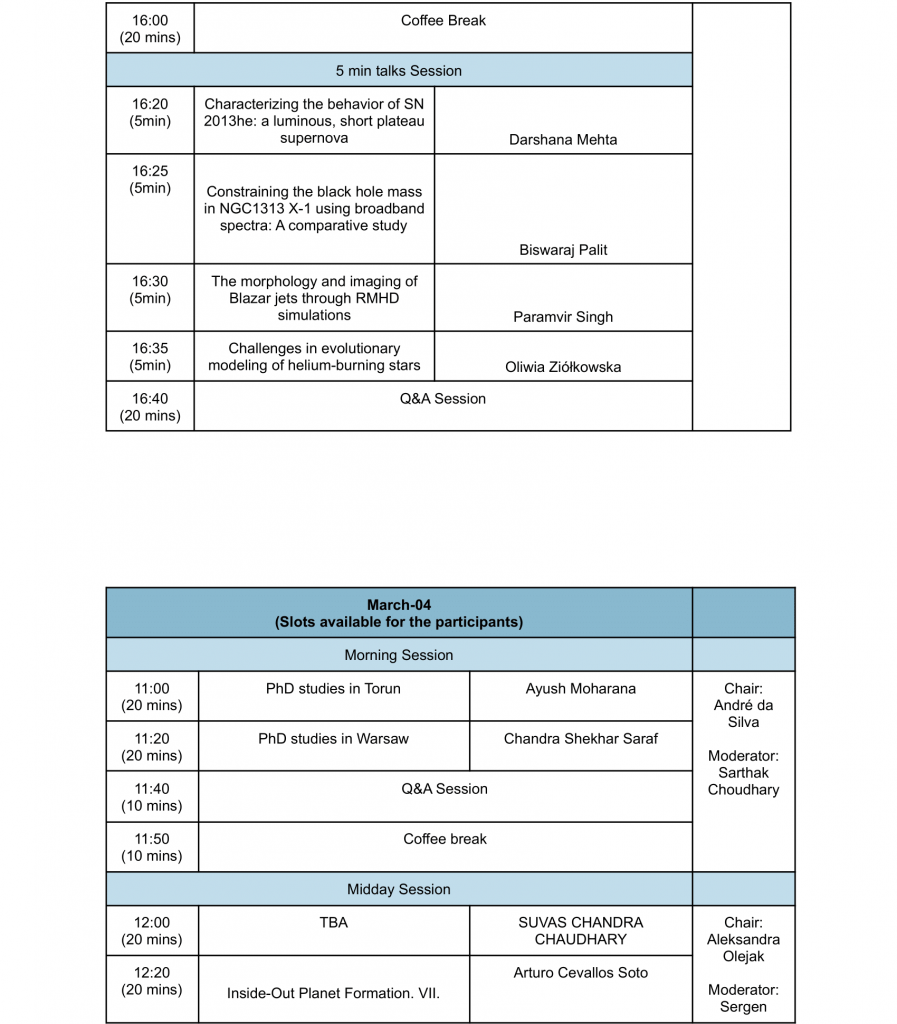

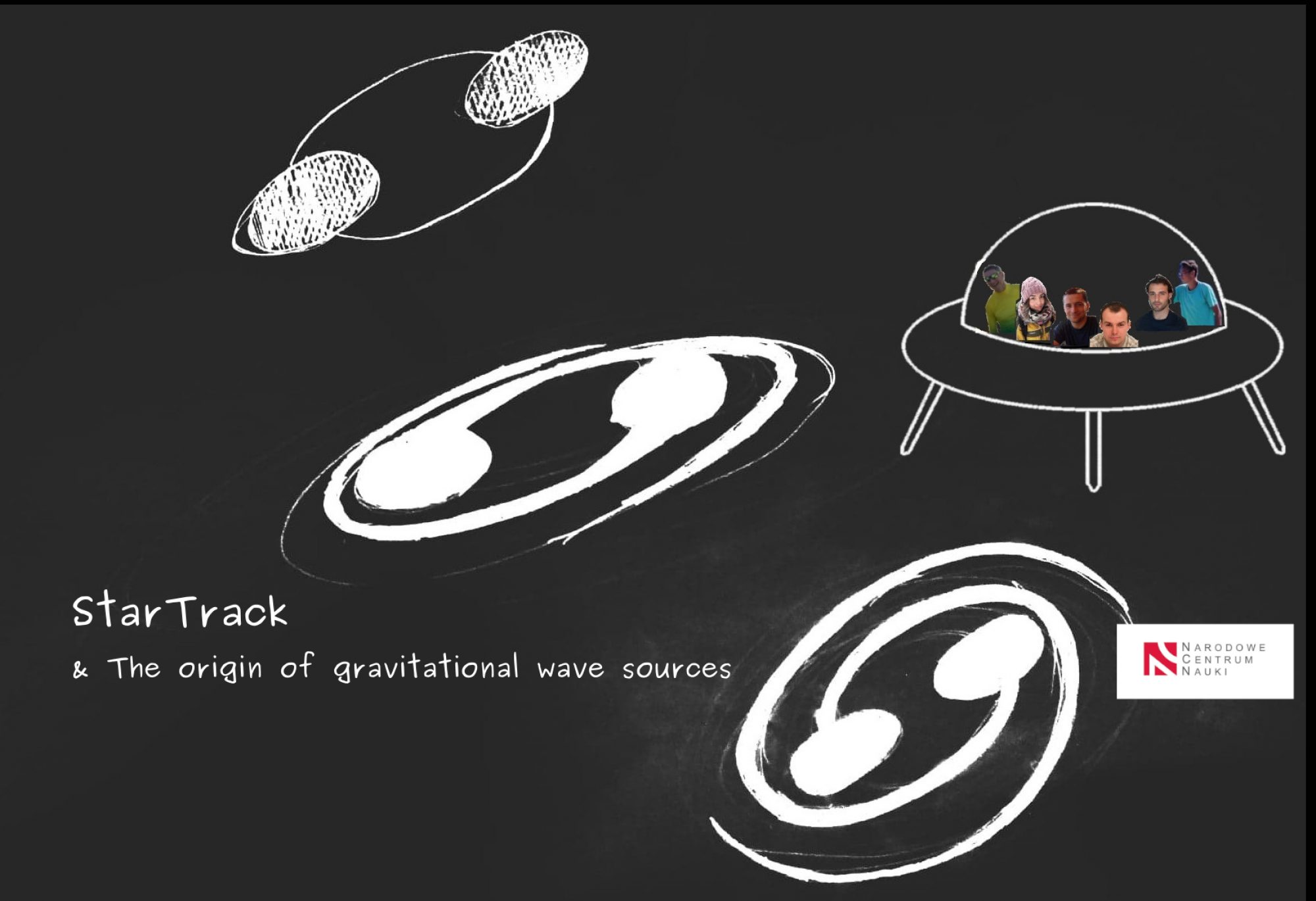
The origin of gravitational wave sources




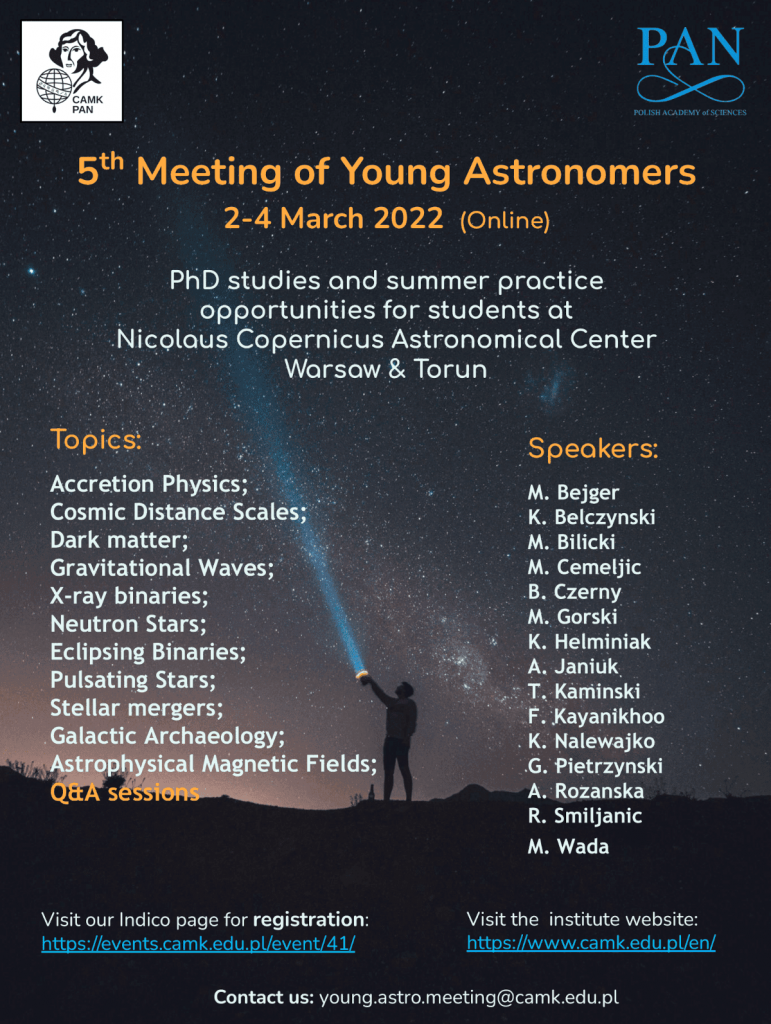
Black holes, by definition, are invisible. Until the first one was discovered in constellation of Cygnus about 50 years ago. If a black hole exists alone it is truly invisible, as it does not emit any electromagnetic radiation. However, if black hole happens to have a close companion, say a star like our Sun, it will swallow companion matter/atoms into its center. This creates a visible signature, as such atoms falling into black hole emit X-rays that we can detect. About 50 such binary systems are known (black hole + stellar companion) with black holes weighting typically about 10 times more than the Sun.
About 5 years ago another way that does not involve electromagnetic radiation (light, X-rays, infrared…) of probing the cosmos has opened. American observatory LIGO has detected collision of two black holes in gravitational-waves. Gravitational-waves vibrate through the fabric of space-time itself, changing (on a ridiculously microscopic scale) distances between objects. Yet changes that we can measure on Earth. Until today another 50 such collisions have been reported by LIGO with typical black hole masses of about 30 times of the mass of Sun (Msun). One of this collisions stands out: two black holes, one with mass of 66 Msun and one with mass of 85 Msun. Stellar evolutionary calculations, that follow life of stars and their deaths in which black holes are born, did not allow for the formation of black holes more massive than 50 Msun. Yet here we are!
It was believed that the largest stars that could have formed such massive black holes are totally disrupted in powerful supernova explosions leaving nothing behind but shells of expanding gas that used to be a star. The discovery prompted a very quick revision of stellar evolutionary calculations, in particular the amount of energy that is produced in nuclear fusion that power stars and the efficiency of mixing of elements in stellar interiors. These revisions allow potentially to increase the maximum mass of a black hole from 50 Msun to 90 Msun. Folded with specific evolution of binary systems of stars that form black hole collisions, Chris Belczynski has shown in his recent study that formation of a 66+85 Msun system, like the one detected by LIGO, is possible and can not be excluded. The binary star scenario adds to the growing pool of proposals that have been put forward to explain the formation of the most massive double black hole binary known to date.
Link to paper:
https://ui.adsabs.harvard.edu/abs/2020ApJ…905L..15B/abstract
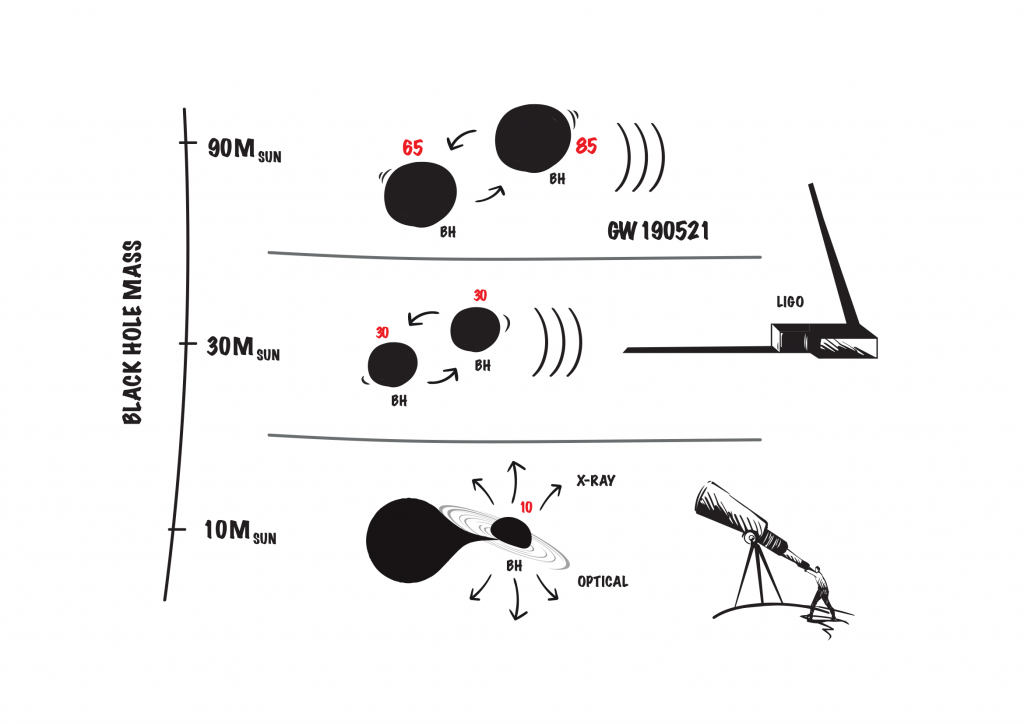
Supernovae explosions end massive stars lives. It is believed that in these explosions star cores collapse to neutron stars or black holes while outer stellar layers are ejected into cosmic void, creating spectacular expanding shells. With modern telescopes a supernova is discovered pretty much every day. Some of supernovae remnants (these expanding shells) were connected with nearby neutron stars, thus confirming stellar evolution predictions. However, until now not a single supernova was connected with black hole formation. Australian-Polish team makes such connection for a distant (12,000 light years away from Earth) supernova remnant called G323.7-1.0. It appears that within this supernova remnant there is a binary system of two objects known as MAXI J1535-571: unseen small star (maybe twice as massive as our Sun) and a medium size black hole (about 5 times more massive than Sun). The unseen star feeds black hole with matter (from its outer layers) and as this matter spirals into the black hole it radiates in X-rays that are detected by some of our space observatories. Since the black hole is almost right in the center of expanding supernova remnant, and it is at the same distance as supernova, it must be that the supernova has created this black hole in the last 10-20 thousand of years. The team estimated that probability of finding a black hole by chance in the position of this supernova is less than 1 in 1000!
Link to paper:
https://ui.adsabs.harvard.edu/abs/2020arXiv201015341M/abstract
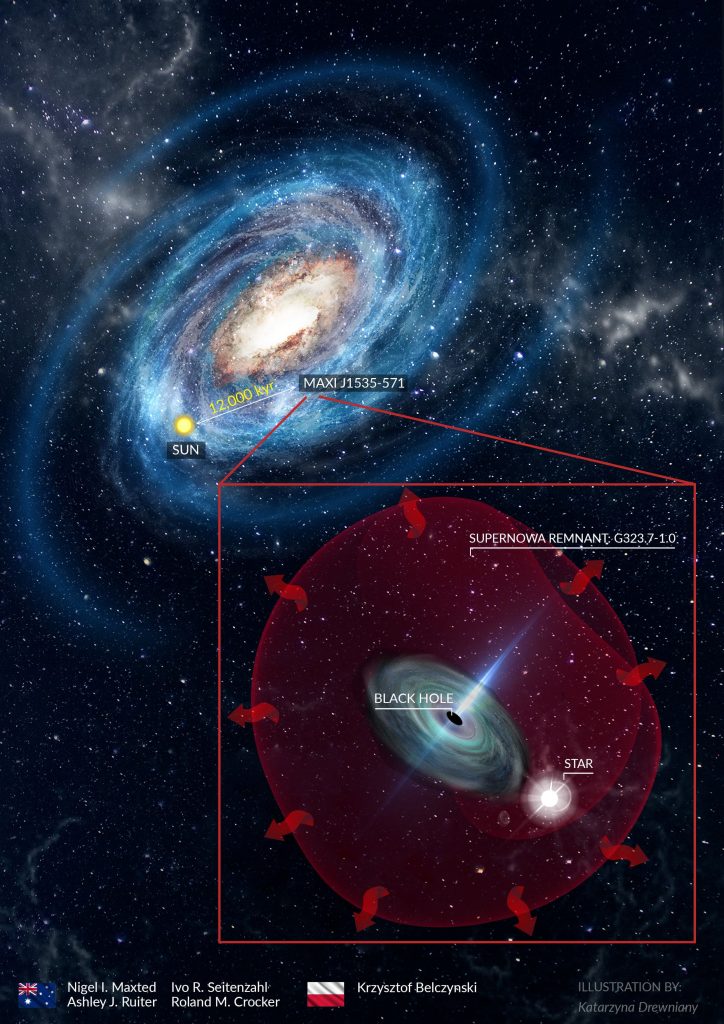
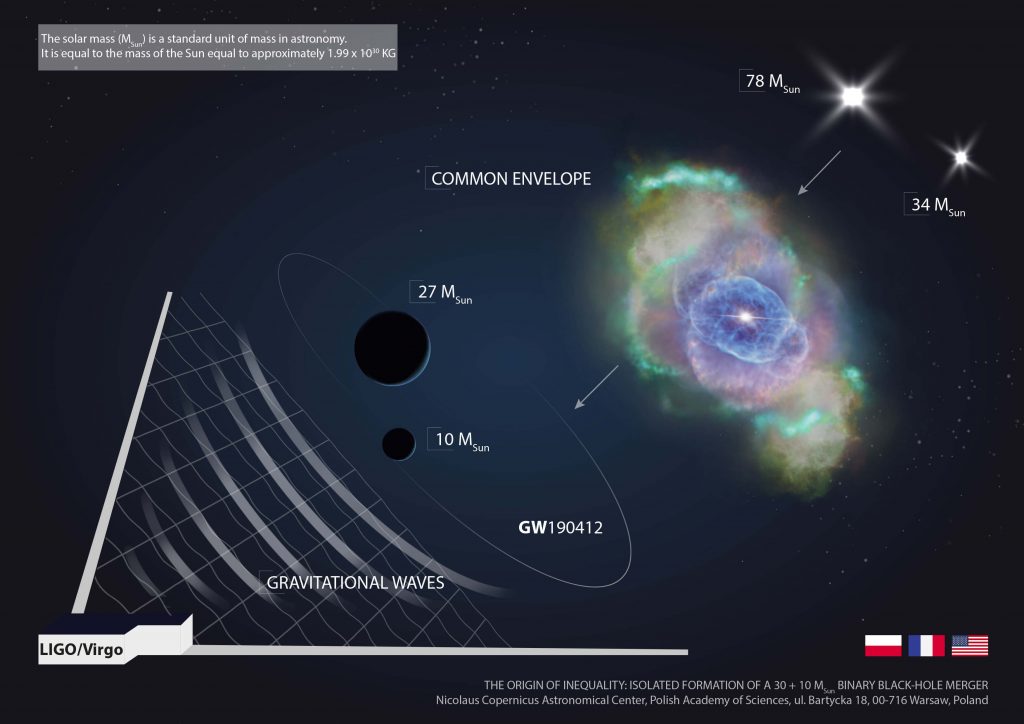
“The LIGO/Virgo Collaboration has reported the detection of GW190412, a black hole–black hole (BH–BH) merger with the most unequal masses to date. [..] They are m 1 = 24.4–34.7 Msun and m 2 = 7.4–10.1 Msun, corresponding to a mass ratio of q = 0.21–0.41 (90% probability range). Additionally, GW190412’s effective spin was estimated to be χ eff = 0.14–0.34, with the spin of the primary BH in the range a spin = 0.17–0.59. Based on this and prior detections, ![]() 10% of BH–BH mergers have q
10% of BH–BH mergers have q ![]() 0.4. Major BH–BH formation channels (i.e., dynamics in dense stellar systems, classical isolated binary evolution, or chemically homogeneous evolution) tend to produce BH–BH mergers with comparable masses (typically with q
0.4. Major BH–BH formation channels (i.e., dynamics in dense stellar systems, classical isolated binary evolution, or chemically homogeneous evolution) tend to produce BH–BH mergers with comparable masses (typically with q ![]() 0.5). Here we test whether the classical isolated binary evolution channel can produce mergers resembling GW190412. We show that our standard binary evolution scenario, with the typical assumptions on input physics that we have used in the past, produces such mergers […]. The results from our standard model are consistent with the masses and spins of the black holes in GW190412, as well as with the LIGO/Virgo estimate of the fraction of unequal-mass BH–BH mergers. As GW190412 shows some weak evidence for misaligned spins, we provide distribution of the precession parameter in our models and conclude that if among the new LIGO/Virgo detections the evidence of system precession is strong and more than 10% of BH–BH mergers have large in-plane spin components (χ p > 0.5), then the common envelope isolated binary BH–BH formation channel can be excluded as their origin”
0.5). Here we test whether the classical isolated binary evolution channel can produce mergers resembling GW190412. We show that our standard binary evolution scenario, with the typical assumptions on input physics that we have used in the past, produces such mergers […]. The results from our standard model are consistent with the masses and spins of the black holes in GW190412, as well as with the LIGO/Virgo estimate of the fraction of unequal-mass BH–BH mergers. As GW190412 shows some weak evidence for misaligned spins, we provide distribution of the precession parameter in our models and conclude that if among the new LIGO/Virgo detections the evidence of system precession is strong and more than 10% of BH–BH mergers have large in-plane spin components (χ p > 0.5), then the common envelope isolated binary BH–BH formation channel can be excluded as their origin”
The Origin of Inequality: Isolated Formation of a 30+10 M ⊙ Binary Black Hole Merger Olejak, A.; Fischbach, M.; Belczynski, K. et al. 2020 ApJL 901 L39
Welcome to our group website!
We are a group of scientists from Nicolaus Copernicous Astronomical Center of Polish Academy of Sciences working on the origin of detected GW signals.
Nicholaus Copernicus Astronomical Center of the Polish Academy of Sciences undertakes to ensure the availability of its website in accordance with the Act of April 4, 2019 on digital accessibility of websites and mobile applications of public entities. This accessibility statement applies to the webiste: startrackworks.camk.edu.pl.
Date of publication of the website: 2021-01-01.
In case of problems with the availability of the website, please contact us at the e-mail address aolejak@camk.edu.pl. You can submit requests for unavailable information in the same way, and submit complaints about non-availability.
Everyone has the right to request that the digital accessibility of the website, mobile application or any of their elements be ensured. You can also request information to be made available using an alternative access method, for example by reading a digitally inaccessible document, describing the content of the video without audio description, etc. The request should contain the details of the person submitting the request, indicate which website or mobile application is meant and the method of contact. If the requesting person reports the need to receive information by means of an alternative method of access, he should also specify a convenient way for him to present this information.
The public entity should execute the request immediately, not later than within 7 days from the date of the request. If it is not possible to meet this deadline, the public entity shall immediately inform the person submitting the request about it when it will be possible to fulfill the request, and this deadline may not be longer than 2 months from the date of submitting the request. If digital accessibility is not possible, the public entity may propose an alternative way of accessing the information. In the event that the public entity refuses to fulfill the request to provide accessibility or an alternative method of access to information, the person submitting the request may submit a complaint regarding the provision of digital accessibility of a website, mobile application or website element or mobile application.
After exhausting the above-mentioned procedure, you can also submit an application to the Polish Ombudsman.